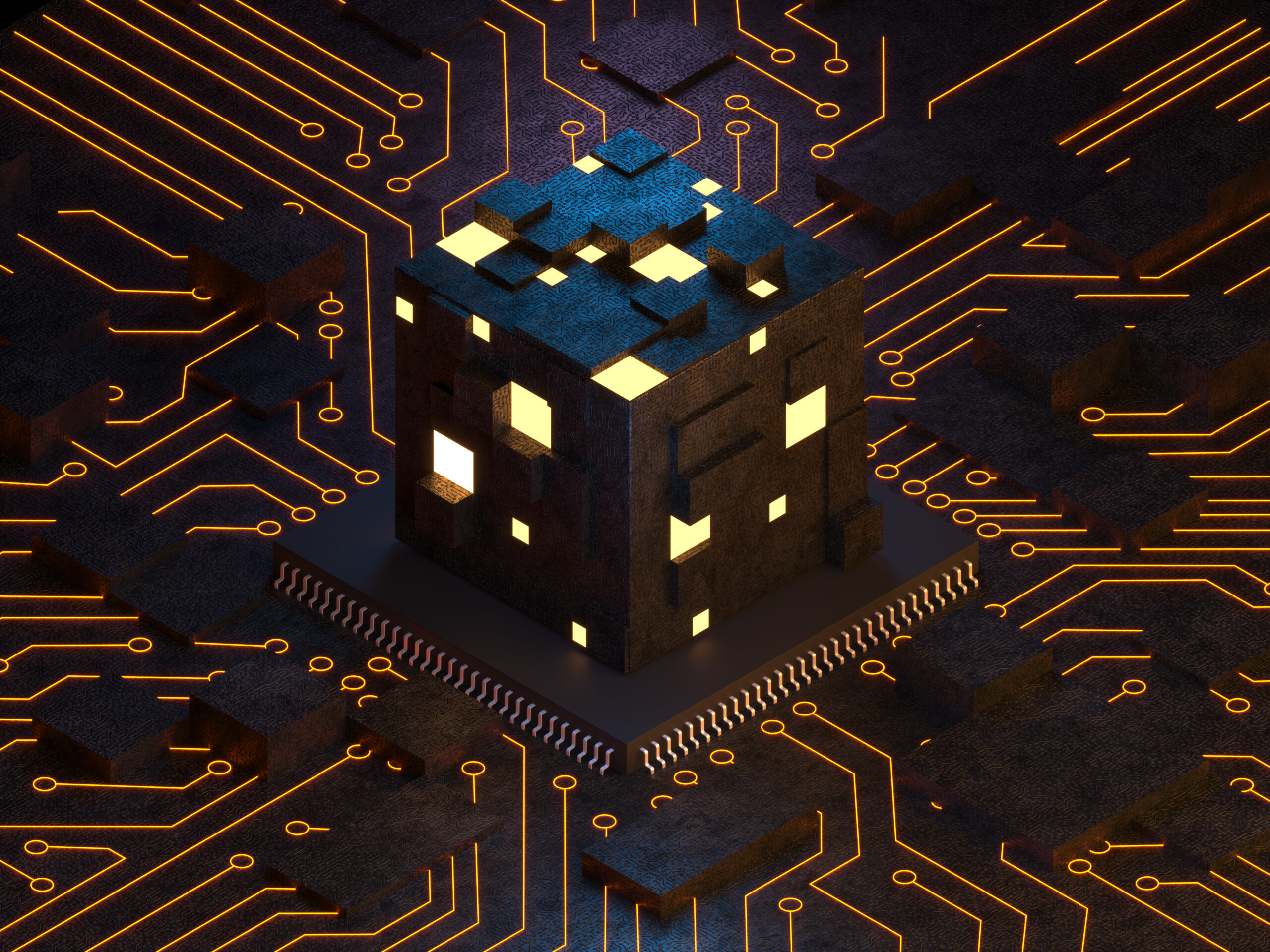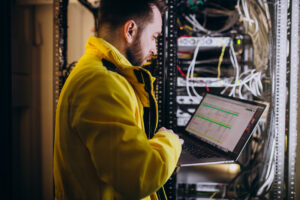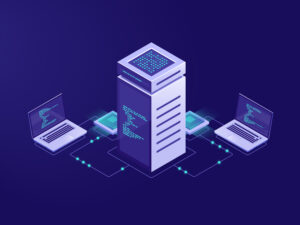The world is no longer just connected — it’s intelligently connected.
Thanks to the fusion of Internet of Things (IoT) and edge computing, we’re seeing systems that not only gather information — but act on it instantly, without waiting for a distant server’s permission.
This isn’t the future. It’s already reshaping everything around us — from how cities operate to how your smartwatch monitors your heartbeat.

The New Backbone of Connectivity
IoT devices are everywhere — in your home, your car, your workplace, even inside hospitals and factories. They collect massive volumes of data. But here’s the thing: sending all that raw data to the cloud doesn’t always make sense anymore.
It’s slow. It’s costly. And sometimes, it’s risky.
That’s where edge computing steps in — processing data right where it’s created, instead of shipping it off across networks.
When you combine these two — IoT + edge — you get real-time, context-aware systems that think and react locally.
How They Work Together
Let’s break it down simply:
IoT devices = The sensors and gadgets collecting real-world data
Edge computing = The local “mini brains” analyzing that data on-site
Together, they create a feedback loop that looks like this:
Sense → Analyze → Act → Learn → Improve
No cloud latency. No bottlenecks. Just instant decision-making.
Why It’s a Big Deal
Speed and Responsiveness
From autonomous cars to robotic arms on a factory floor, decisions need to be made in milliseconds. Edge computing enables IoT to power these systems without a lag.
Better Security & Privacy
By keeping data close to where it’s generated, edge computing reduces exposure. Sensitive data (like health metrics or customer behavior) doesn’t always need to travel — it can be processed locally.
Lower Bandwidth Usage
Instead of flooding networks with raw data, only filtered insights are sent to the cloud — saving bandwidth and cost.
Scalable Intelligence
Whether it’s 100 or 100,000 devices, edge helps distribute the processing load so that systems can scale without collapsing.
Real-Life Examples That Are Already Working
Smart Traffic Management
IoT sensors detect congestion or accidents, and edge systems dynamically adjust traffic lights and reroute vehicles in real time.
Industry 4.0
Smart factories use IoT sensors to monitor machines and edge nodes to predict maintenance needs — keeping downtime to a minimum.
Remote Healthcare
Wearables track patient vitals 24/7. Edge processors flag abnormalities before the data even hits the hospital’s server.
Retail Intelligence
Smart shelves monitor stock and movement. Edge systems help stores make real-time restocking decisions and offer personalized deals.
What’s Coming Next?
This duo is just getting warmed up. Here’s what’s on the horizon:
AI at the Edge: Machine learning models embedded in edge devices will make decisions even smarter and more autonomous.
5G Synergy: Combine low-latency 5G with IoT + Edge, and you get hyper-responsive systems for everything from drone fleets to remote surgeries.
Autonomous Everything: Vehicles, logistics, agriculture — powered by local intelligence and zero cloud dependence.
The Edge Isn’t a Trend. It’s the Future.
We’ve moved past the stage where “connected” just meant “online.”
Today’s systems need to think, adapt, and react in real-time. That’s only possible when IoT and edge computing work hand-in-hand.
The future of connected systems isn’t in the cloud alone. It’s at the edge — right where life happens.




